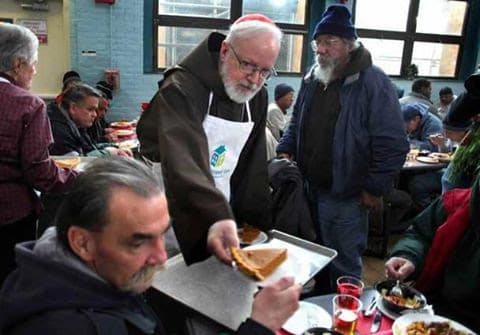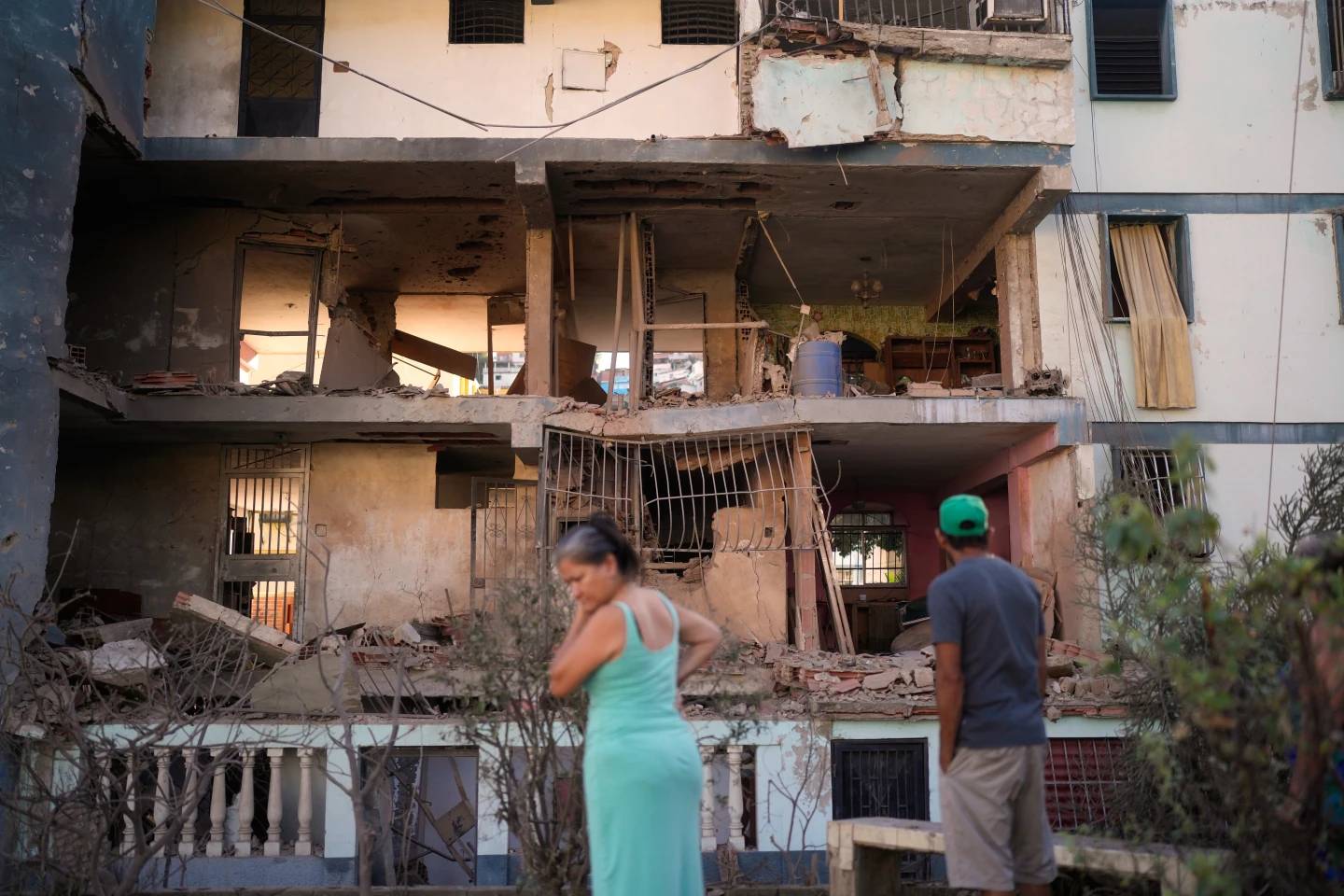ROME – American Catholicism marked a quiet milestone yesterday, as Cardinal Sean O’Malley of Boston turned 80 years old on the feast of Sts. Peter and Paul. It’s apt that his birthday coincides with the annual celebration of the great apostles of Rome, because it’s arguable that no other U.S. prelate has ever come quite as close to becoming the Bishop of Rome himself as the now-octogenarian Capuchin.
Having turned 80, O’Malley now is no longer eligible to participate in the conclave that will elect the next pope, and almost certainly off the board as a contender. Eleven years ago, however, there was a serious possibility that had the candidacy of the then-Cardinal of Buenos Aires, Jorge Mario Bergoglio, stalled, many electors might have turned to O’Malley.
According to some reconstructions, O’Malley had as many as ten votes on the first ballot in the 2013 conclave. While his name disappeared as it became two-horse race between Bergoglio and Cardinal Angelo Scola of Milan, several cardinals said after the fact that had neither of those two prevailed, O’Malley was a plausible “Plan B.”
O’Malley was certainly a crowd favorite. He was the landslide winner in an online poll sponsored by Corriere della Sera, Italy’s newspaper of record, in terms of who people wanted as the next pope – in part because of his profile as a reformer on the church’s sexual abuse scandals, but even more because with his bushy beard and brown Capuchin habit, he reminds Italians of Padre Pio, who remains one of the most ardent objects of popular devotion in the country.
To speculate about O’Malley as pope, however, is to play a game of “What might have been?” What we can say with certainty is that even without holding Catholicism’s top job, he has been among the most consequential American churchmen of the last quarter-century.
We got a reminder of the point on Friday, when O’Malley released a statement in his role as President of the Pontifical Commission for the Protection of Minors indirectly chiding the Vatican’s Dicastery for Communications and its chief, Italian layman Paolo Ruffini, for continuing to display artwork from accused sexual abuser Father Marko Rupnik on the dicastery’s web site.
“We must avoid sending a message that the Holy See is oblivious to the psychological distress that so many are suffering,” O’Malley wrote in his letter, which was addressed to the heads of the various Vatican departments.
The letter put an exclamation point on O’Malley’s reputation as the go-to figure in the Catholic hierarchy on the sexual abuse issue, and the primary advocate for victims and survivors at the seniormost level of the power structure.
Let’s be clear, by the way, that no one should be using the past tense quite yet with regard to O’Malley’s ecclesiastical career.
To begin with, he remains fully in charge in Boston despite having hit the usual retirement age for diocesan bishops five years ago. In some ways, O’Malley is becoming the new Cardinal Kazimierz Świątek, who remained in the saddle as the Archbishop of Minsk until the ripe old age of 91 because Pope John Paul II simply didn’t want to let him go.
For another, and despite suggestions to the contrary, it could well be that his role as president of the anti-abuse commission will not end automatically with his 80th birthday, but that he will stay on for a while longer at the request of Pope Francis.
Nonetheless, there is at least one aspect of the Sean O’Malley story which is absolutely set in cement, no matter what the future holds: To wit, that few churchmen have ever as fully incarnated the charism of their religious order the way O’Malley does the ethos of the Capuchins.
In many ways, O’Malley is to the Capuchins what the late Cardinal Carlo Maria Martini of Milan was to the Jesuits, i.e, the Prince of the Church who most perfectly reflected his order’s personality. Where Martini was a vintage Jesuit — intellectual, aloof, visionary and forever a maverick — O’Malley has always been down-to-earth, accessible, utterly conventional in some ways, and always more comfortable with campesinos than fellow cardinals.
Since the Counter-Reformation, Capuchins have prided themselves on taking the toughest jobs the church has to offer without celebrity or complaint, and that’s O’Malley to a tee. After a stint as a bishop in the Virgin Islands — okay, admittedly, not quite hardship duty — he was assigned to three dioceses in a row suffering from the fallout of clerical abuse scandals, culminating in the ecclesiastical Chernobyl that was Boston in 2003.
The fact that O’Malley has insisted on continuing to sport his Capuchin habit whenever possible, despite his exalted status as a Prince of the Church, is a visual way of expressing a much deeper internal reality.
The core of Capuchin identity always has been closeness to the people they serve. The classic Capuchin exemplar is the character of Fra Cristoforo from Alessandro Manzoni’s novel I Promessi Sposi (“The Betrothed”), who defends the beleaguered couple of Renzo and Lucia from the malevolent Don Rodrigo, and who ends up dying in a poor Lazzoretto, meaning a quarantine zone for victims of an outbreak of the plague in Milan.
Manzoni famously defined the Capuchins as frati del popolo, “brothers of the people.” At one point in the story, Fra Cristoforo confronts Don Rodrigo over his efforts to thwart the marriage between Renzo and Lucia so he can have the girl for himself.
“I pity this house,” Fra Cristoforo says. “The curse of God is hanging over it. You will see if the justice of God can be overawed by a few bricks, or terrorized by a few hired thugs. You believe that God made a creature in his own image to give you the pleasure of tormenting her. You think that God will not defend her, and you despise his warning! You have judged yourself. The heart of Pharaoh was as hard as yours; but God knew the way to break it. Lucia is safe from you. I tell you so, poor friar as I am.”
Reading those words, one can easily hear O’Malley’s own deep baritone voice denouncing the mistreatment of the Hispanic and Haitian immigrants he served at the Centro Católico Hispano in Washington in the 1970s.
O’Malley was living in Washington in 1968 when race riots broke out following the assassination of Martin Luther King Jr., and was part of a group of friars who sheltered roughly 700 people, many elderly and Hispanic, in a local church for a week. Among other things, a baby was born in their impromptu community that week. He also took part in the “Poor People’s March” organized by Ralph Abernathy, sleeping in one of the tent cities and watching as off-duty police lobbed tear gas at the protestors.
One can also hear echoes of Fra Cristoforo in the way O’Malley has ministered to victims of clerical sexual abuse, both as a diocesan prelate and as head of the Vatican’s own anti-abuse panel.
“Poverty does not always lead to love,” O’Malley once said. “But love always leads to poverty, to the poor and God’s little ones.”
Granted, there’s legitimate criticism to be made of O’Malley’s record both as a diocesan bishop and a Vatican potentate. No one can spend as much time in power as he has over the last 30 years and not leave behind a mixed bag, containing both triumphs and occasionally egregious failures.
What no one can question, however, is that over a lifetime, Sean O’Malley has attempted to live his vocation as fully as possible, not simply as a priest or a bishop but also as a Capuchin Franciscan. Speaking as someone educated and formed by the Capuchins out on the high plains of western Kansas, I can testify from personal experience that’s no small thing.
Now, we await the rest of the story.















